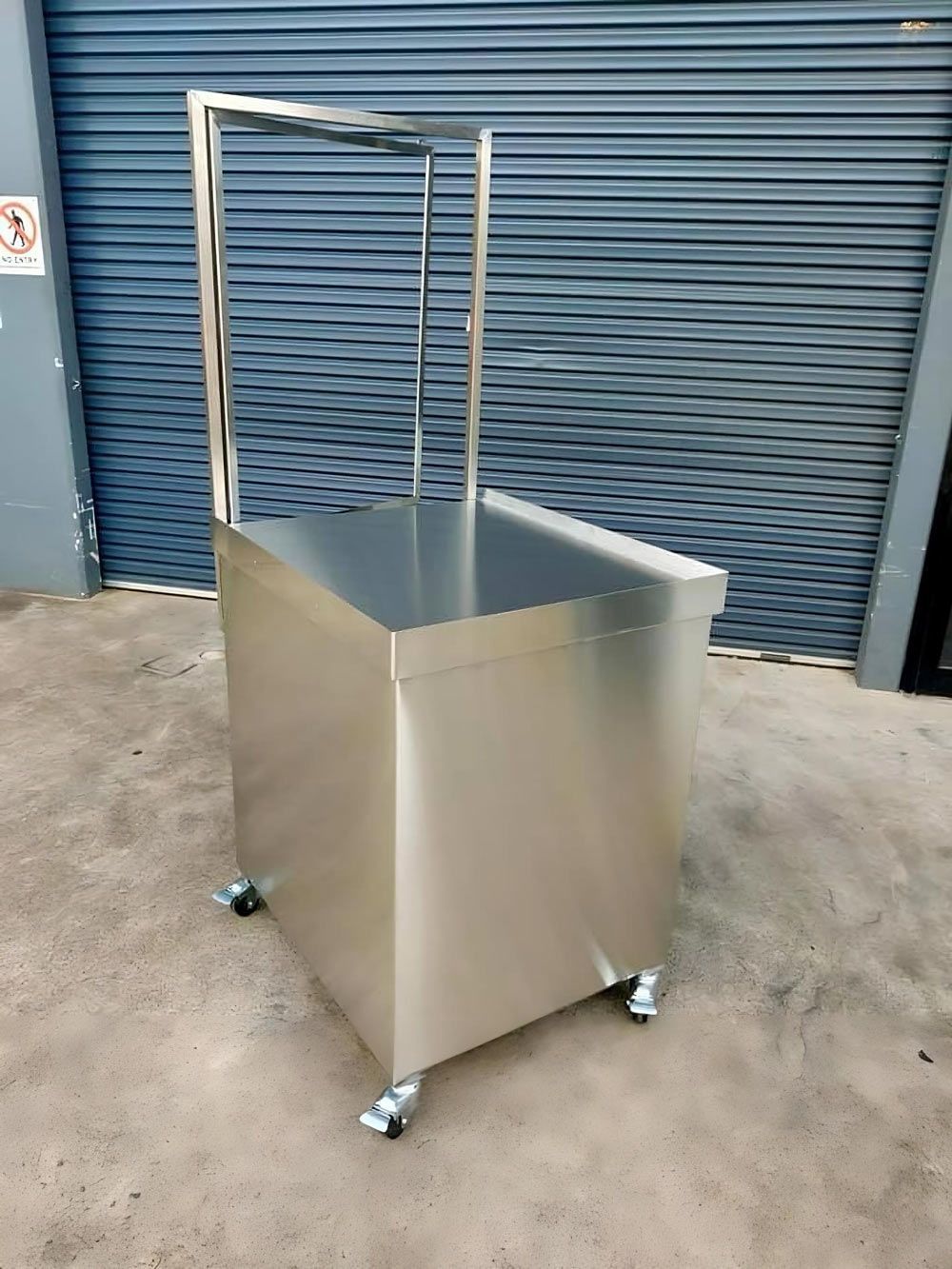5 Main Differences Between Aluminium And Stainless Steel
We come into contact with aluminium and steel every day of our lives, from the body of our cars to the taps in our houses. But what distinguishes these two metals from one another, and what are they best used for?
Table of Contents
- Different Strengths
- Different Weights
- Price Differences
- Resistance To Corrosion
- Different Conductivity
- What Are The Uses Of Aluminium And Stainless Steel?
- Aluminium
- Stainless Steel
- Quality Sheet Metal From Sheetmetal Improvements
1. Different strengths
Stainless steel has a
high tensile strength of 505 MPa, whilst aluminium has a lower tensile strength of 276 MPa. This means that steel can support heavier loads, whilst simultaneously being stretched and pulled, without fracture.
2. Different Weights
Aluminium is far lighter than stainless steel, with a
density of 2.81 gcm-3 compared to stainless steel's 8 gcm-3. This makes aluminium ideal for when both strength and lightness are required, as it has a far better strength-to-weight ratio.
3. Price Differences
Both aluminium and stainless steel are available at affordable prices and are equally environmentally-friendly options as they can both be recycled. Typically, aluminium will be available at a lower price point than steel.
4. Resistance To Corrosion
Both stainless steel and aluminium are equipped with corrosion resistance properties, enhancing their durability and preventing them from becoming damaged.
Stainless steel is the better of the two when it comes to corrosion resistance as it contains chromium, which creates an invisible shield on the metal's surface. This protective shield takes on any build-up of rust, which can then be scrubbed away so the chromium shield can renew itself.
Whilst aluminium doesn't rust, it does corrode. A protective shield of aluminium oxide protects the metal from rusting but doesn't prevent other forms of corrosion.
5. Different Conductivity
Aluminium effectively conducts both thermal and electrical energy, whilst stainless steel is one of the poorest metals for conductivity. This makes aluminium best for electrical equipment, such as power lines.
What Are The Uses Of Aluminium And Stainless Steel?
As you can see, aluminium and stainless steel feature different properties, so what exactly can they be used for? Below, we outline some of the common uses for these two metals:
Aluminium
Aluminium is most commonly used in the electrical, transportation and construction industries due to its lightweight, conductive properties. Uses for this metal include:
- Train rails
- Aircraft
- Power lines
- Cars
- High-rise buildings
- Window frames
- Dishwashers
- Washing machines & dryers
- Fridges
- Radiators
Stainless Steel
Due to its strength and resistance to heat and corrosion, stainless steel is often used in the manufacture of kitchen equipment, medical equipment and architecture. Uses of this metal include:
- Sinks
- Cutlery
- Surgical implants
- Forceps
- Scissors
- Bridges
- Buildings
- Sculptures
If you require
sheet metal on the Gold Coast,
contact our experienced fabricators to discuss your requirements. We fabricate
stainless steel and
aluminium, alongside offering
precision laser cutting services. Whether your project is small or large, we can provide the high-quality sheet metal you need to achieve a professional finish.







